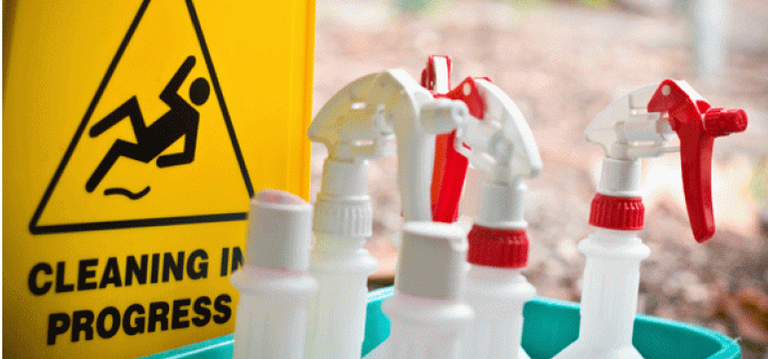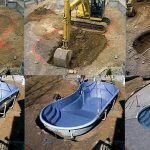An antique bathroom can be one of the most charming elements of a home. But as you insure your antiques, do you know how to care for all that unique piping?
If you are working on an antique bathroom and are not sure how to maintain the plumbing, we’ve got the info you need. Whether you are plumbing for a guest house or for an entirely new home, it’s important to know what you are working with.
Keep reading to learn more about how to take care of vintage plumbing.
Regular Cleaning and Maintenance
Regular cleaning and maintenance are key to taking good care of vintage plumbing. Before attempting any cleaning, it is important to check for loose or corroded fittings, as this can be indicative of more serious issues. Once the plumbing has been inspected, it is important to clean surfaces and fixtures, including faucets, drains, and tubs.
To do this, use warm water and a mild detergent or all-purpose cleaner. Avoid harsh cleaners, scrub brushes, steel wool, and other aggressive methods that could irritate the surfaces. Check all the caulk around the tub and fixtures, and reseal if necessary.
Finally, be sure to use protective covers on vintage faucets to help with corrosion and wear and tear. All of these steps will help ensure good care and maintenance of vintage plumbing and extend its life for many years.
Inspect for Leaks and Damage
To identify leaks, turn on the tap and check for any water coming through gaps and puncture marks. Check that all hoses and connections are secured properly, and look for any signs of dampness, mold, or mildew around the base of the fixture. If a leak is found, it’s important to replace damaged and aged piping as soon as possible, as a leak can cause extensive water damage.
To ensure proper maintenance, it’s also important to periodically check the plumbing-related fixtures and connections to ensure they are adequately sealed and working properly.
Upgrade to Modern Plumbing Fixtures
If you want your old plumbing system to function efficiently and reliably, it is best to consider upgrading certain components to newer and more efficient models. When upgrading to modern plumbing fixtures, it is important to ensure that the right size and type of replacement parts are purchased to match the existing plumbing. Also, it is important to find the best toilet plunger to keep in your bathroom.
Taking these steps will help ensure that your plumbing system is up-to-date and functioning effectively.
Seek Professional Help
Professional plumbers understand the nuances of vintage systems and can inspect parts, replacing any faulty segments to ensure the system is functioning properly and aesthetically pleasing. They can also suggest specific parts or fixtures that will keep the system in excellent condition.
Professionals can also advise on ways to optimize energy efficiency or reduce water usage in the home. Taking care of vintage plumbing requires specialized knowledge and skills, so enlisting the help of a professional is the most reliable way to ensure its safety and longevity.
Taking Care of Vintage Plumbing
Ultimately, taking good care of vintage plumbing will help ensure its longevity. With a few simple steps, like regularly checking for leaks, flushing the pipes, and cleaning out the drain, you will enjoy a properly functioning, vintage plumbing system for many years. If you need assistance, contact a plumber for advice and professional help.
Keep reading our blog for more tips for your vintage plumbing system.


